Mostly Long Guns
Handloading to Improve the .223 Remington
column By: Brian Pearce | July, 22
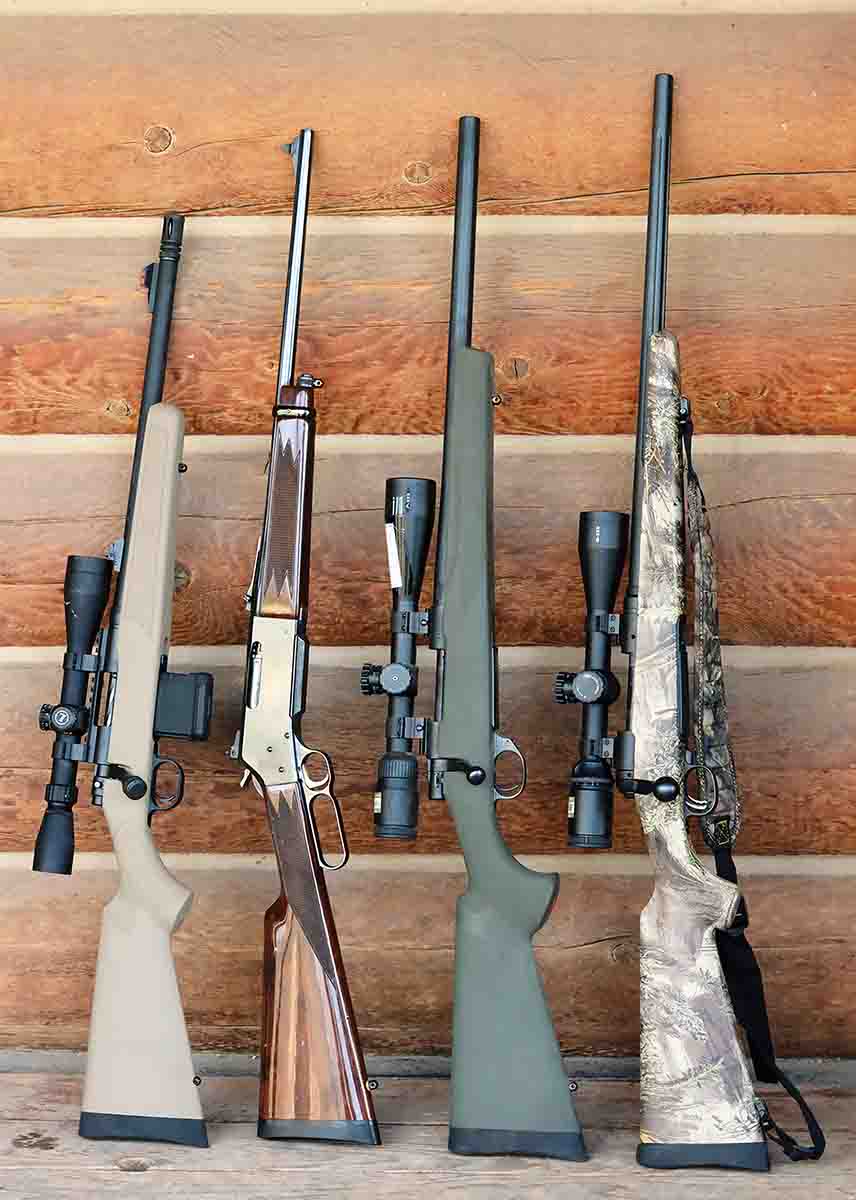
“The dial regulation is off on both of my scopes. They are supposed to be set up specifically for .223 Remington and 5.56 NATO loads with a 55-grain bullet at 3,240 feet per second (fps). However, I always have to either dial more to get on target, or holdover to make hits.” These were the words of a shooter trying to hit long-range targets at 400 and 600 yards with his bolt-action rifle chambered in .223 Remington and an AR-15 chambered for 5.56 NATO. I glanced at both scopes, the rifles, the barrel lengths and his ammunition that included handloads and factory loads. I responded “Have you ever chronographed your chosen loads from these two rifles? “No. But my handloading manual says that they are 3,240 fps and the factory load is listed at that velocity.” He was absolutely convinced that those were his actual velocities.
After a shooting session at extended distances, I suggested that we check his loads for velocity from his rifles. He was speechless when the AR-15 used in conjunction with factory loads recorded just over 2,800 fps from its 16-inch barrel. His bolt-action rifle was better at 2,900 fps from its 20-inch barrel (using his handloads), but he was still very disappointed. Regardless, those velocities are at least 340 to 440 fps slower than the ballistics regulated into the dial on his scopes, which was significantly changing his downrange trajectory and point of impact. Had his rifles been fitted with 24-inch barrels, his velocities might have been closer to expected speeds and the scopes would have been close to their regulation at long range. Nonetheless, the actual velocity of .223 Remington ammunition is often slower than listed when fired from production rifles. However, some performance-minded companies, such as Hornady, Buffalo Bore, Black Hills and others offer .223 factory loads that produce velocities that are close to listed speeds, but they still generally require a 24-inch barrel.
Being an ammunition perfectionist, it seems prudent to offer improved handloads that deliver the velocity that this fine cartridge deserves. There are many excellent powders that deliver superb accuracy; however, they often fail to reach the desired velocities and are not included here.
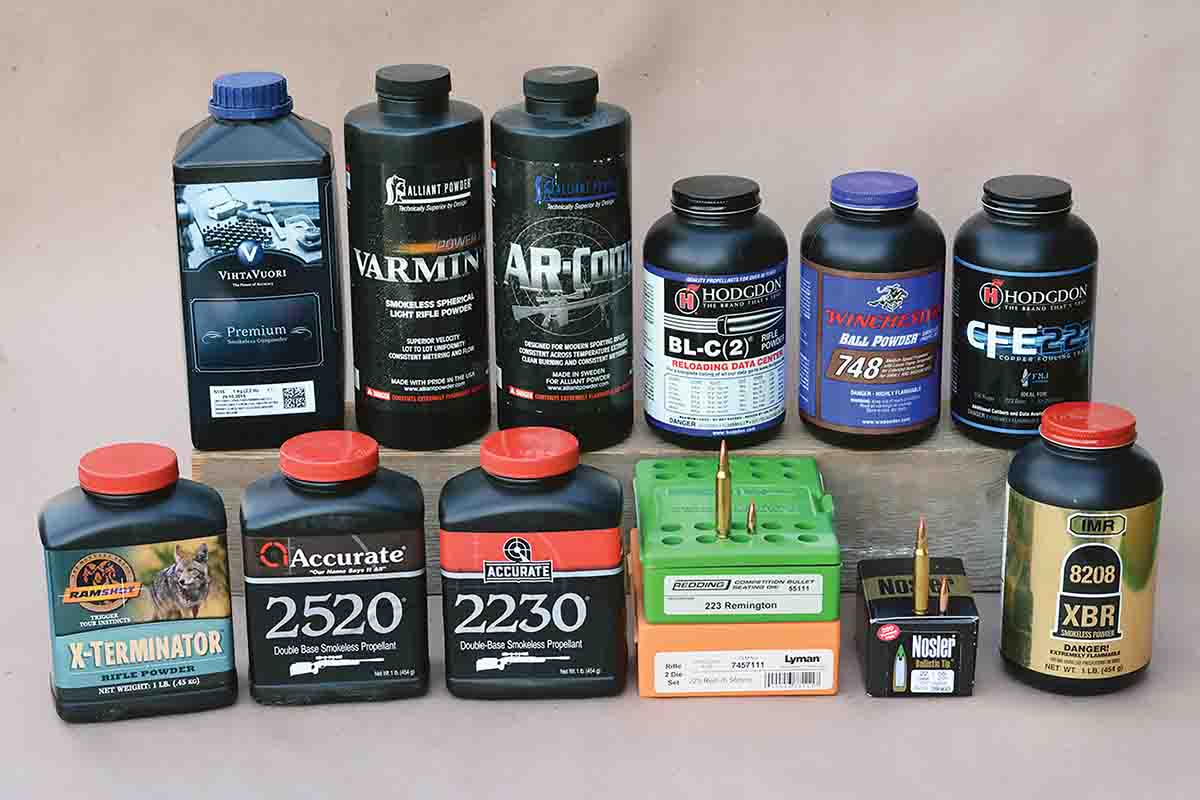
Many dedicated varmint shooters still opt for heavy, 24-inch barrels on their favorite sporting bolt rifles, but 20- and 22-inch barrels have become much more popular for general purpose hunting rifles. For these reasons, a Savage Model 10 Predator Hunter Max with 22-inch barrel was selected to develop data. Since this column is not a complete handloading article on the .223, I chose to focus only on high-performance data for the widely popular 55-grain bullet, which is a standard weight. Only loads that actually reached around 3,240 fps or more from the 22-inch barrel were included in the accompanying table. Naturally, rifles with shorter barrels will fall short of those velocities, while longer barrels will benefit with even higher velocities. Generally speaking, virtually all rifles with rifling twist rates that range from 1:7 to 1:14 will offer reasonable stabilization with 55-grain bullets.
There are many excellent polymer-tipped .22-caliber bullets that offer remarkable expansion, accuracy and high ballistic coefficients (BC). The hard part would be in choosing just one bullet! But by using just one bullet for developing the accompanying data, variables were minimized. I cannot say that I have a favorite 55-grain bullet, or that one is better than another. However, the Hornady V-MAX, Nosler Ballistic Tip and Sierra BlitzKing would all be top contenders for the perfect all-purpose 55-grain bullet. For this column, the Nosler 55-grain Ballistic Tip was chosen. It features a .267 BC and boasts of outstanding accuracy in many rifles. Even at the modest velocities of the .223, my family and I have made hits on varmints at 500 yards. We have also used it on coyotes, foxes and many other pests and predators and have been very impressed with its terminal performance, reliable expansion and accuracy. We have even taken a few mule deer, on which it generally penetrates to the offside and often exits on broadside lung shots.
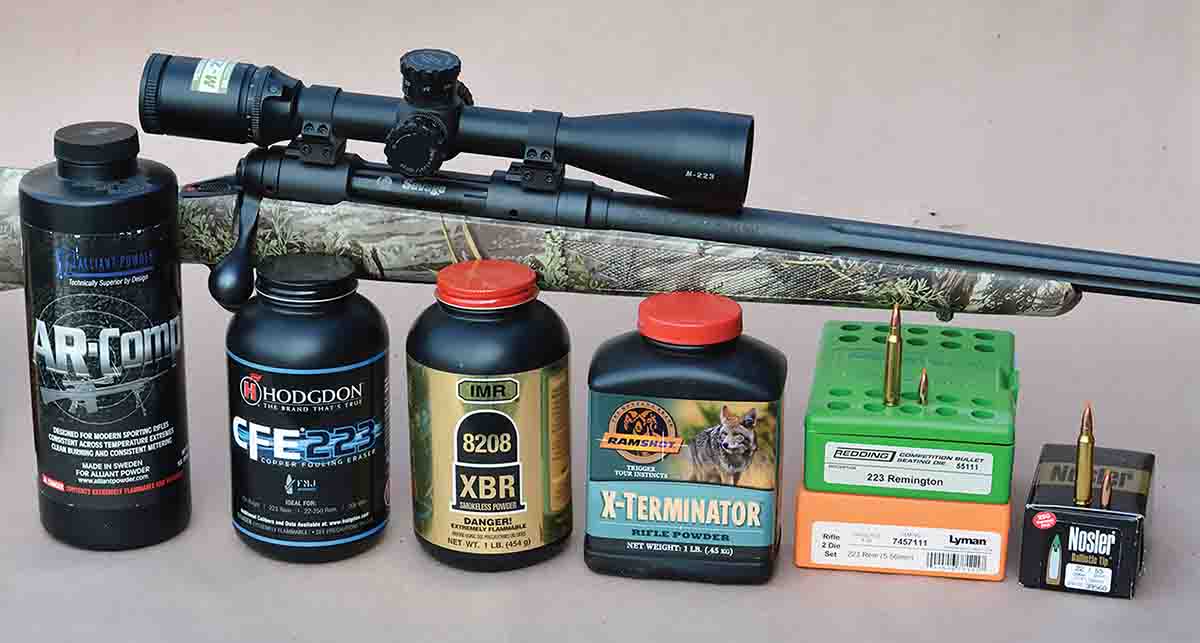
All handloads were assembled in Hornady cases and were primed using the CCI BR-4 primer. It should be noted that .223 case capacity varies significantly from one manufacturer to another. Cases with reduced capacity will generate higher pressures, while cases with larger capacity will result in lower pressures and velocities with the same powder charge. It is suggested to begin with the “start” charges and work up carefully to maximum loads while watching for signs of excessive pressure. Industry maximum average pressure for the .223 is 55,000 psi. The 5.56 NATO is a different cartridge and only partially interchangeable with the .223, however, the accompanying handloading data can be used in conjunction with the 5.56. But it is suggested to use a CCI No. 41 primer in most service rifles.
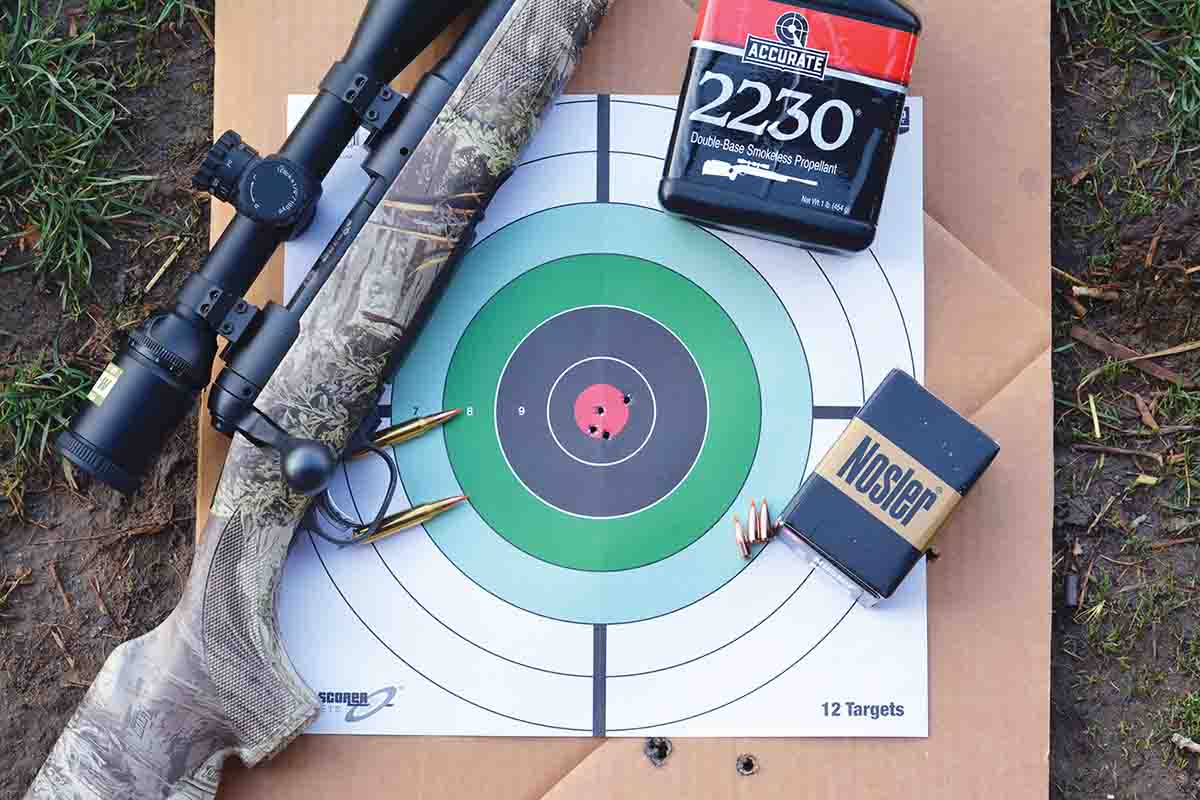
Spherical powders are very popular in the .223 and for good reason. They meter uniformly, do not bridge, can offer very good accuracy with low extreme spreads, produce impressive velocities and usually cost less than extruded powders. A couple of “oldies but goodies” include Winchester W-748 and Hodgdon BL-C (2), which are both considered classics for the .223. While W-748 is known for producing notable velocities, BL-C (2) has a reputation for top-notch accuracy but it also reached a respectable 3,244 fps in the 22-inch barrel. Many newer spherical powders also offer notable accuracy, while offering the velocity goals stated herein. Examples include Accurate A-2230, A-2520, Alliant Power Pro Varmint, Hodgdon CFE 223 and Ramshot X-Terminator. CFE 223 and X-Terminator (produced within the last three years) feature a decoppering agent that reduces fouling.
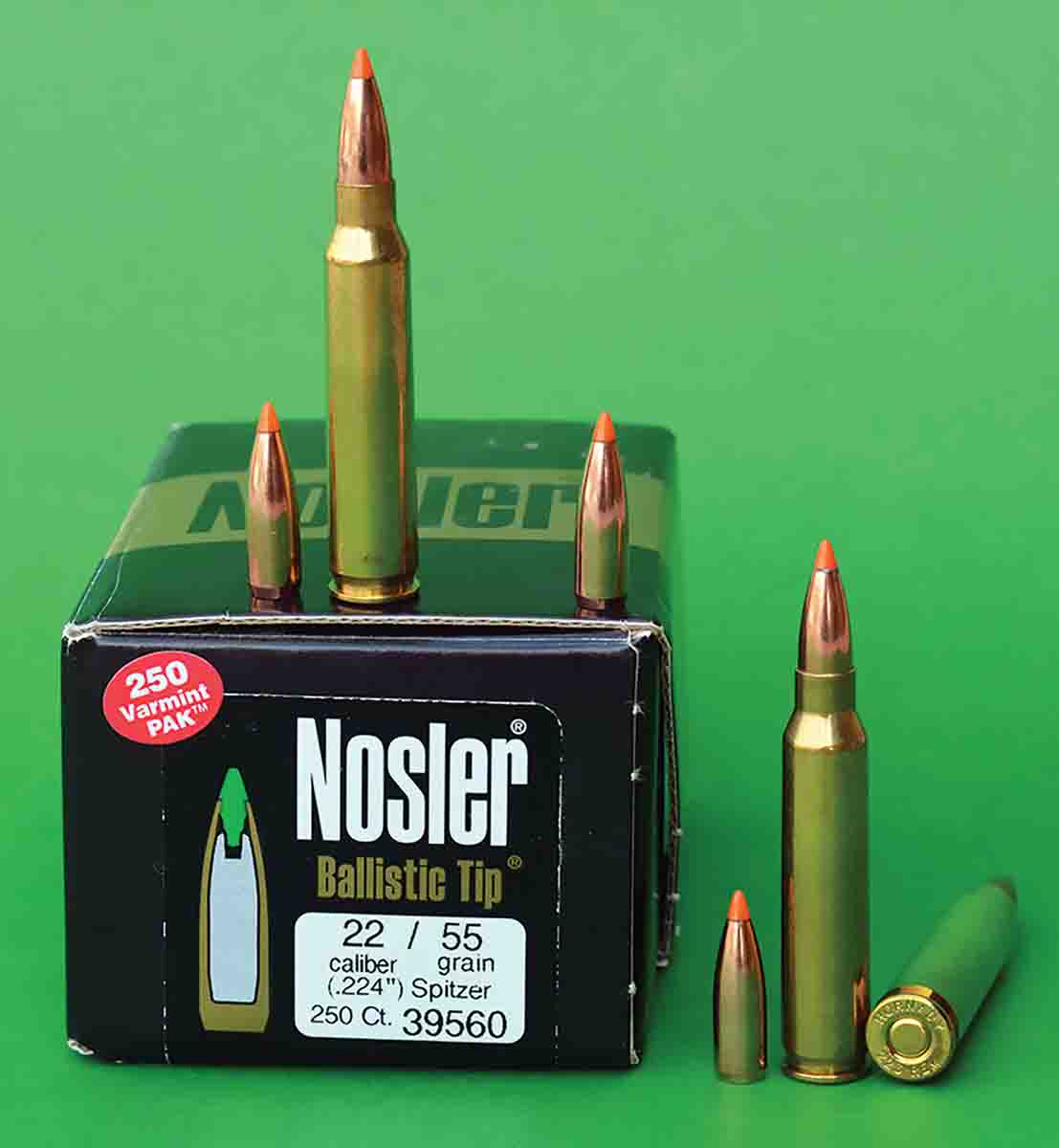
Extruded powders are likewise popular when handloading the .223, as they offer both top-drawer accuracy and velocity. Examples include IMR-8208-XBR, Vihtavuori N135 and Alliant AR-Comp. Each of these powders produced multiple five-shot groups that were easily less than a half-inch, while exceeding the targeted 3,240 fps.
With a large selection of rifles, a huge variety of factory loads and excellent components to maximize performance, the .223 Remington is easily the most popular .22-caliber sporting centerfire cartridge in the world. It offers a remarkable blend of performance, accuracy, low recoil, long barrel life and versatility.
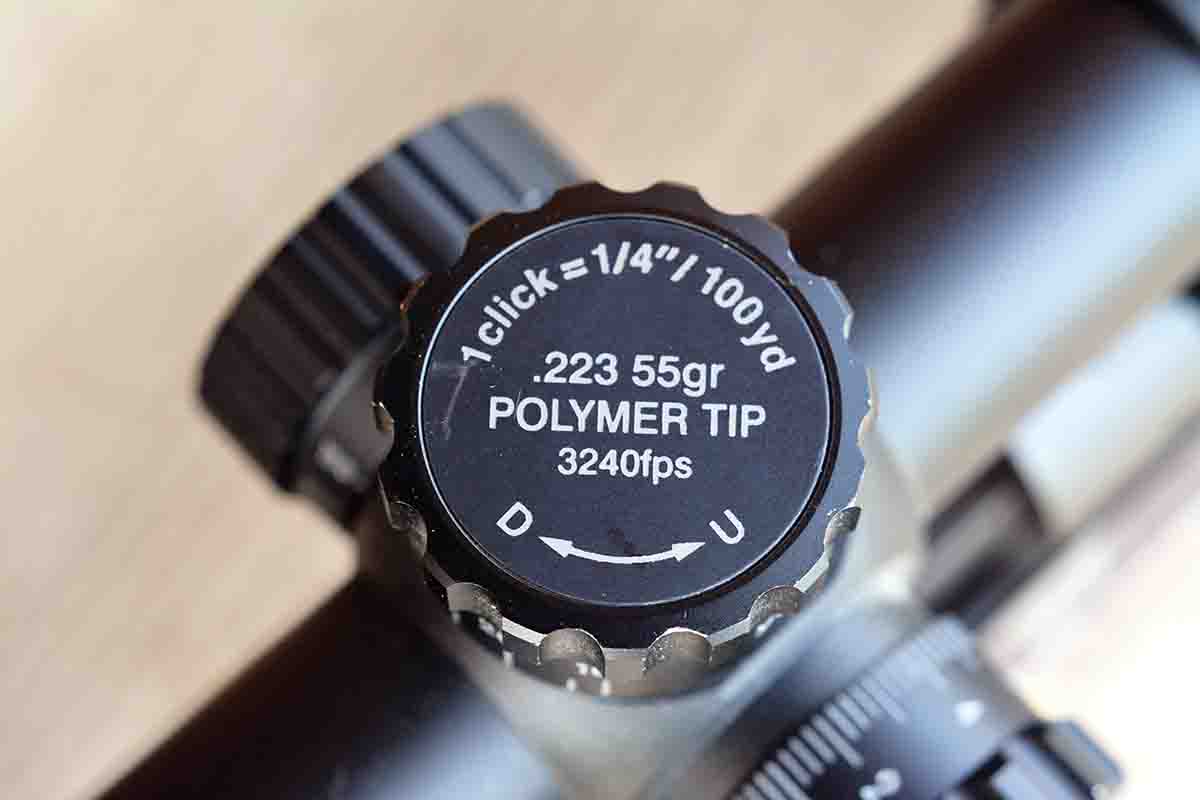


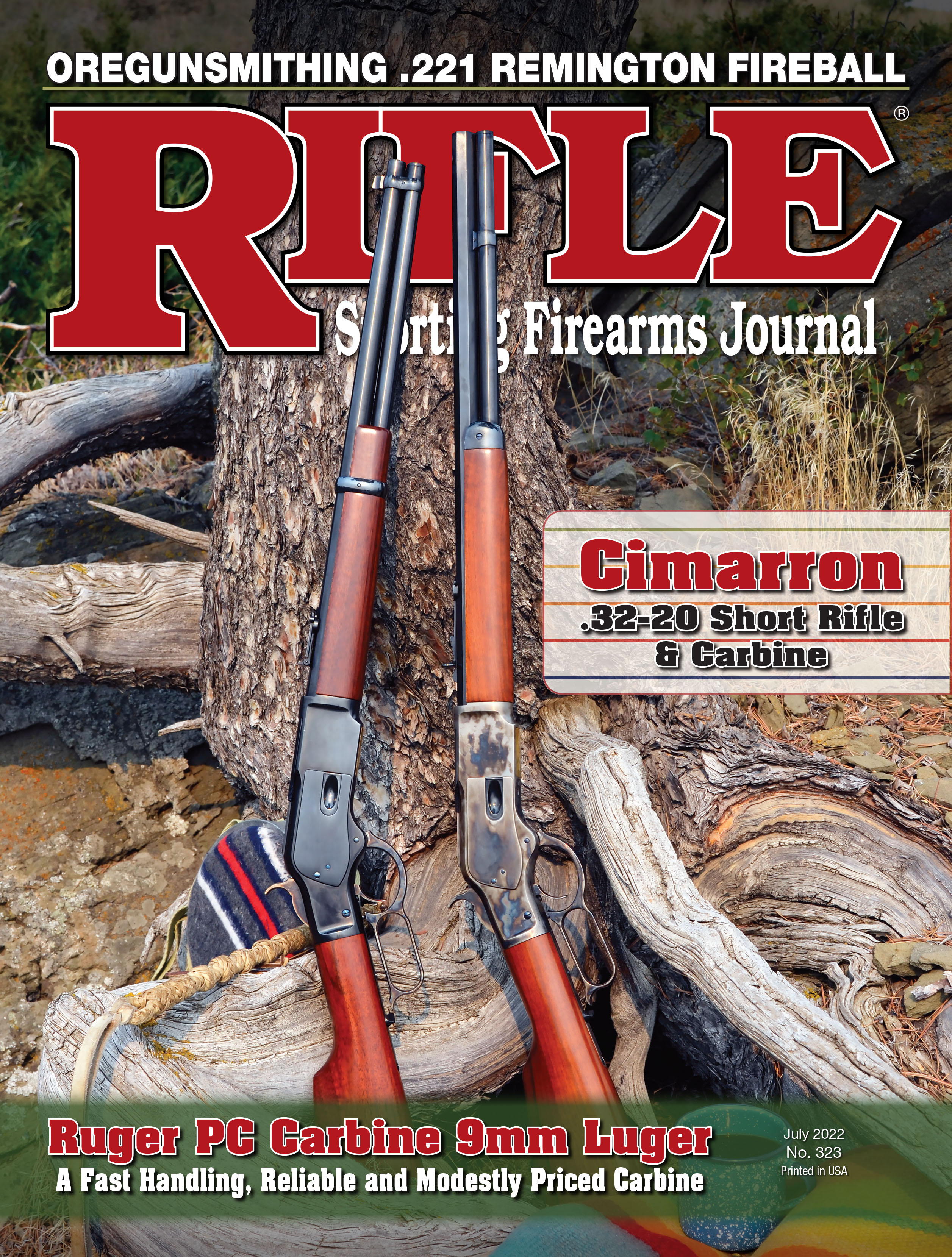
.jpg)